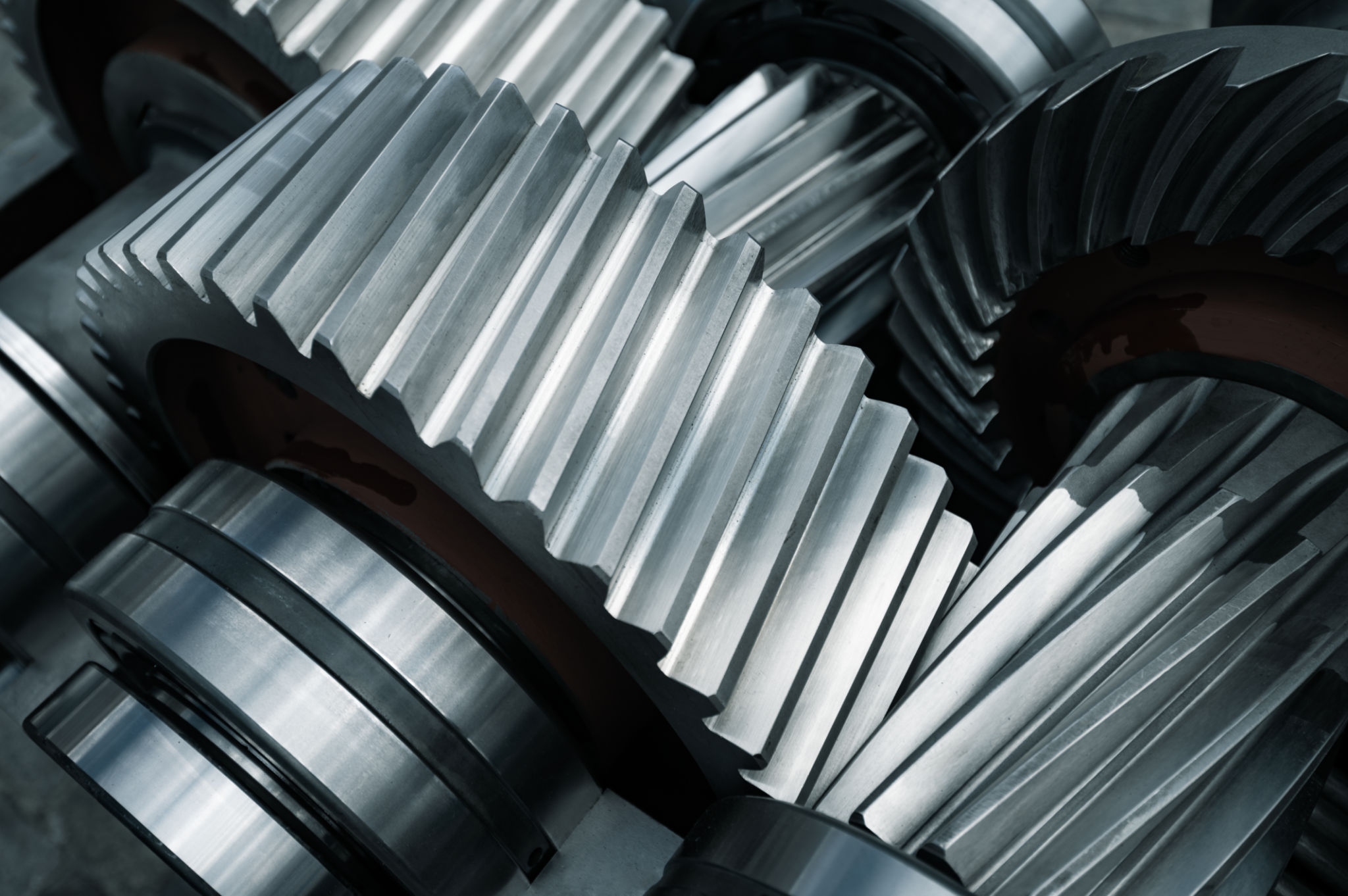Myth-Busting: Common Misconceptions About Bicycle Gear
Introduction to Bicycle Gear Myths
For both new and seasoned cyclists, understanding bicycle gear can often feel overwhelming. There are numerous myths and misconceptions that can lead to confusion and even impact your riding experience. In this blog post, we aim to debunk some of the most common myths surrounding bicycle gear to help you ride with more confidence and knowledge.

Myth 1: More Gears Mean a Better Bike
A common misconception is that a bike with more gears is inherently better. While having a wide range of gears can be beneficial, especially for varying terrains, more gears don't automatically equate to a superior bike. The quality of the components and how well the bike fits your needs are far more important than simply having a high number of gears.
It's crucial to consider the types of rides you'll be doing. If you're mostly riding on flat terrain, you might not need as many gears as someone tackling mountainous routes. Instead of focusing solely on quantity, evaluate the gear range that fits your specific cycling goals.
Myth 2: You Should Always Be in a Higher Gear
Another persistent myth is that cycling in a higher gear is always better because it requires less pedaling. While it might seem like higher gears offer more efficiency, they can actually lead to fatigue and strain, especially on your knees. It's important to find a gear that allows a comfortable cadence, typically between 60 and 90 revolutions per minute.
Staying in a gear that feels natural helps maintain energy levels over longer rides. It's about balancing effort and speed rather than pushing hard in the highest gear possible.

Myth 3: Gear Maintenance Isn't That Important
Some cyclists believe that gear maintenance is not essential. However, neglecting maintenance can lead to poor performance and costly repairs. Regular cleaning, lubrication, and adjustment of your bike's gears ensure smooth shifting and prolong the life of your components.
Simple routine checks can prevent major issues. Keep an eye on the chain, cassette, and derailleurs, making sure they are clean and properly adjusted. A well-maintained gear system enhances your cycling experience significantly.
Myth 4: All Bikes Shift Gears the Same Way
It's a common belief that all bikes shift gears in the same manner. In reality, different bikes have different shifting mechanisms. Road bikes, mountain bikes, and hybrid bikes may use various systems like grip shifters, trigger shifters, or electronic shifters.
Understanding the specific shifting mechanism of your bike helps in mastering efficient gear changes. It's beneficial to spend some time familiarizing yourself with how your bike's gears operate to enhance your riding performance.

Conclusion: Riding with Confidence
Debunking these myths can significantly impact how you approach riding and maintaining your bicycle. By understanding the truth behind common gear misconceptions, you will be better equipped to choose the right bike and maintain it properly. Remember, cycling should be an enjoyable experience, and having accurate information about your gear contributes to safer and more enjoyable rides.
So next time you hit the road or trail, keep these insights in mind and ride with increased confidence and knowledge!